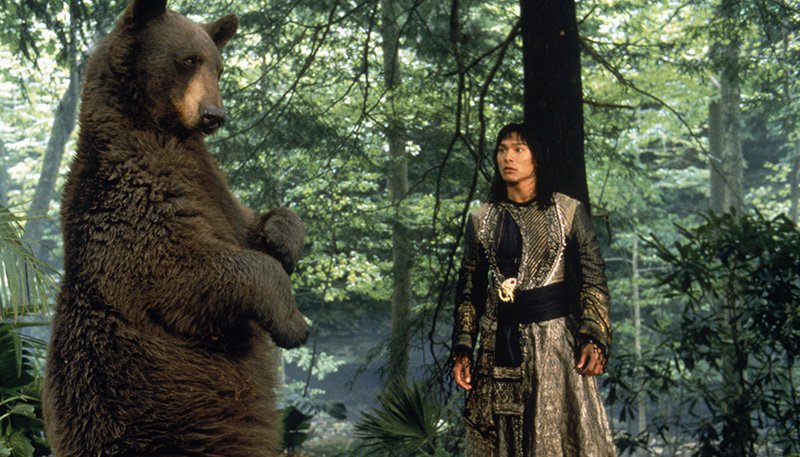

So I have traveled through many time zones and even crossed the International Dateline three times. I have been around the world-as far north as Alaska, as far west as Tahiti, as far south as South Africa, and as far east as Japan (well, Okinawa, actually). Okay, now that I have reformed our calendar format, let me go a step further and do something about the time. Of course, there would be agencies and published charts to help you with your conversions, if you can’t figure them out for yourself.


So instead of September 5, my birthday would then fall on Virgo 15. We would just convert them to the new dates. The only major adjustment we would have to make is our birthdays, for the sake of preserving the astrological sanctity of our actual time of birth. We could have extended the year for the extra 80 days and started the New Year on March 20 (or 21). What set the calendar off are the later-added months of July and August, who were named for the Caesars and who are dead and gone now, so the hell with them.Ī good time to change over to the new calendar would have been at the turn of the millennium at the end of 2000. September, October, November and December, for instance, used to be the 7th, 8th, 9th and 10th months, respectively, hence their names. At least half of the month names we use presently are obsolete or inappropriate anyway. The name of the month is the same as its Sign. The year begins at a specific astronomical designation and each month begins as the Sun enters a new Sign. Why not begin the year on the Vernal Equinox with Aries and go from there? Half of the months would be 30 days long and the other six would have 31, with no need for a shorter month like February. As it stands now, all the Signs overlap two months each. I would change the 12 months to coincide with the 12 Signs of the Zodiac. It has gone down as one of the bloodiest encounters on record, waged between the combined military forces of France and Britain against those of Germany.If I were the Secretary of the Bureau of Weights and Measures and had the power to change our present calendar, this is what I would do. The Battle of the Somme was the most monumental clash of the First World War. It was the first time destructive new weapons and machines of war were utilized on all fronts. The First World War was unique from all other wars of the past. There were massive rats to contend with, bursting latrines, and swarms of lice. The trench lines extended from the coast of Belgium towards Switzerland and were later collectively referred to as the Western Front.Įvery day within these trenches, soldiers operated amidst a grim cloud of darkness, enduring the smell of dirt and rotting flesh.

The following year in the winter of 1915, forces from both the Allies and the Central Powers dug extensive channels. People saw Britain's military power as overwhelming and assumed it would be able to secure victory without much delay. When World War I erupted, in the summer of 1914, most people believed the trouble would be taken care of before the onset of winter. The first one was the Allies and the other was the Central Powers of Europe. World War I was all about an irreconcilable rift that occurred between two major groups of countries in Europe.


 0 kommentar(er)
0 kommentar(er)
